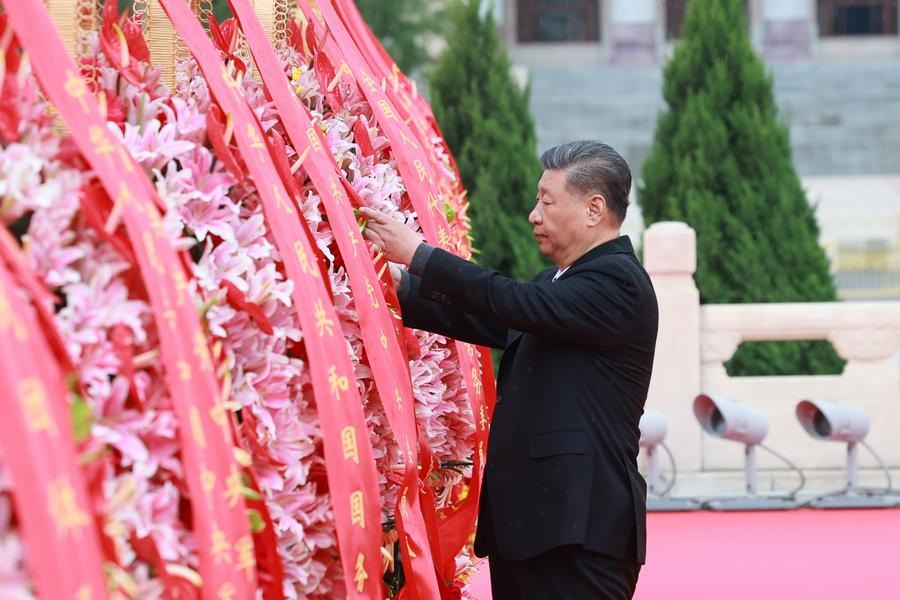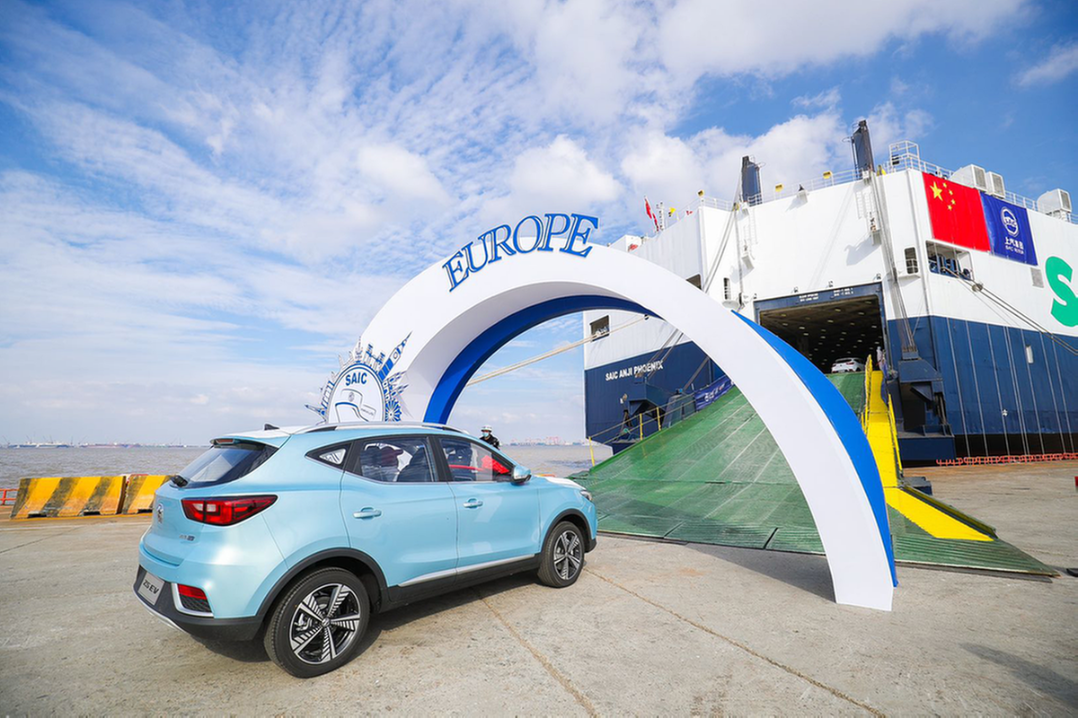EU, China can tap potential for value creation


EU-China relations could date back to the 1970s. At that time, China remained a highly autarkic state, conducting limited trade with the rest of the world. It was not on the cards that China would soon embark on its reform and opening-up journey, grow prosperous and emerge as the world's largest trading nation. The European landscape too looked vastly different in 1975: it would take another 18 years for the European Union to be established and supersede the European Community, the entity with which modern EU-China ties were first established.
In the period since, China has grown to be the world's manufacturing powerhouse — accounting for 30 percent of global manufacturing value added as of 2024(ranking first globally for 14 consecutive years) — and the lynchpin of global supply chains. In 2024, the total value of goods trade between China and the European Union reached $785.8 billion, representing a year-on-year increase of 0.4 percent. Of this amount, China's exports to the EU totalled $516.4 billion, up 3.0 percent from the previous year.
Bilateral investment relations have also deepened substantially, with many European companies setting up shop in China, in part to service the country's huge consumer market, and in part to utilize the country's ever improving industry clusters to manufacture and export to the rest of the world.
These developments have undoubtedly brought huge value to both sides. For consumers it has meant more choice at more competitive prices. For governments — local and national — it has meant job creation and higher fiscal revenue.
To ensure that the EU-China relationship continues to create maximum value for both sides over the next half a century, it is now an opportune moment to reevaluate trade and investment ties and address the main challenges that have emerged in recent years.
Longstanding concerns relating to a lack of reciprocal market access and level playing field for European companies operating in China, are increasingly viewed as unacceptable by many policymakers in both the European Commission and in member state capitals.
The same is true of the bloc's trade imbalance with China, with the EU recording a deficit of 304.5 billion euros in 2024. For European observers, in volume terms, this imbalance is even larger as deflation in China and the depreciation of the renminbi relative to the euro have resulted in China sending higher volumes of exports to Europe at lower cost. This imbalance has increased since the end of the pandemic, underscoring the need to support the demand side of the economy in China, so that the country's domestic market is able to absorb a greater share of its manufacturing output, as well as growing imports. Though no one is expecting the two sides' bilateral trade in goods to achieve a balance, this will hopefully serve to ensure that trade imbalances do not grow further.
New concerns also need to be carefully managed. In particular, the potential distortive impact that an anticipated reshuffling of trade flows could have on the EU single market, resulting from the US' levying of tariffs on Chinese imports.
Addressing these challenges would help put the EU and China on course for a more sustainable relationship. The EU is currently the largest single market for Chinese exports, with continued access to the bloc of growing importance to Beijing, particularly now other major markets have begun taking measures to curtail Chinese imports. The EU has also been a key technology partner, and is perhaps even more so now that the US has put in place measures to stem the flow of a growing list of technologies to China.
For Europe, China's unparalleled manufacturing clusters, vibrant innovation ecosystem and large consumer market mean it is vital that its firms maintain a stake here if they are to retain their global competitiveness.
Fortunately, there is room to find a negotiated solution to the challenges faced and even further strengthen the relationship. Increased institutional dialogue will be important in facilitating this. High-level engagements that have taken place in recent weeks — including the visit of European Commissioner for Trade and Economic Security to Beijing, and the phone conversation between European Commission President von der Leyen and Chinese Premier Li Qiang — were welcome developments. However, while providing a good foundation, they need to be swiftly followed by concrete deliverables.
As we celebrate the 50th anniversary of EU-China diplomatic ties, now is a good time to take stock of the remarkable achievements that have been made by both sides. However, we must also recognize that our cooperation model is in need of a service check. There is significant potential for future value creation in the EU-China bilateral relationship, but this will only be achieved if both parties believe that the benefits of cooperation are divided in an equitable manner. Legitimate concerns about economic security and de-industrialization, in view of continuously high growth rates in imports, will need to be addressed, as will other matters related to security on the European continent, hereunder securing a just and lasting peace for Ukraine.
Finding solutions to these questions will take trust, goodwill and hard work. Let's get started!
The author is the president of the European Union Chamber of Commerce in China. The views don't necessarily reflect those of China Daily.
If you have a specific expertise, or would like to share your thought about our stories, then send us your writings at opinion@chinadaily.com.cn, and comment@chinadaily.com.cn.

































